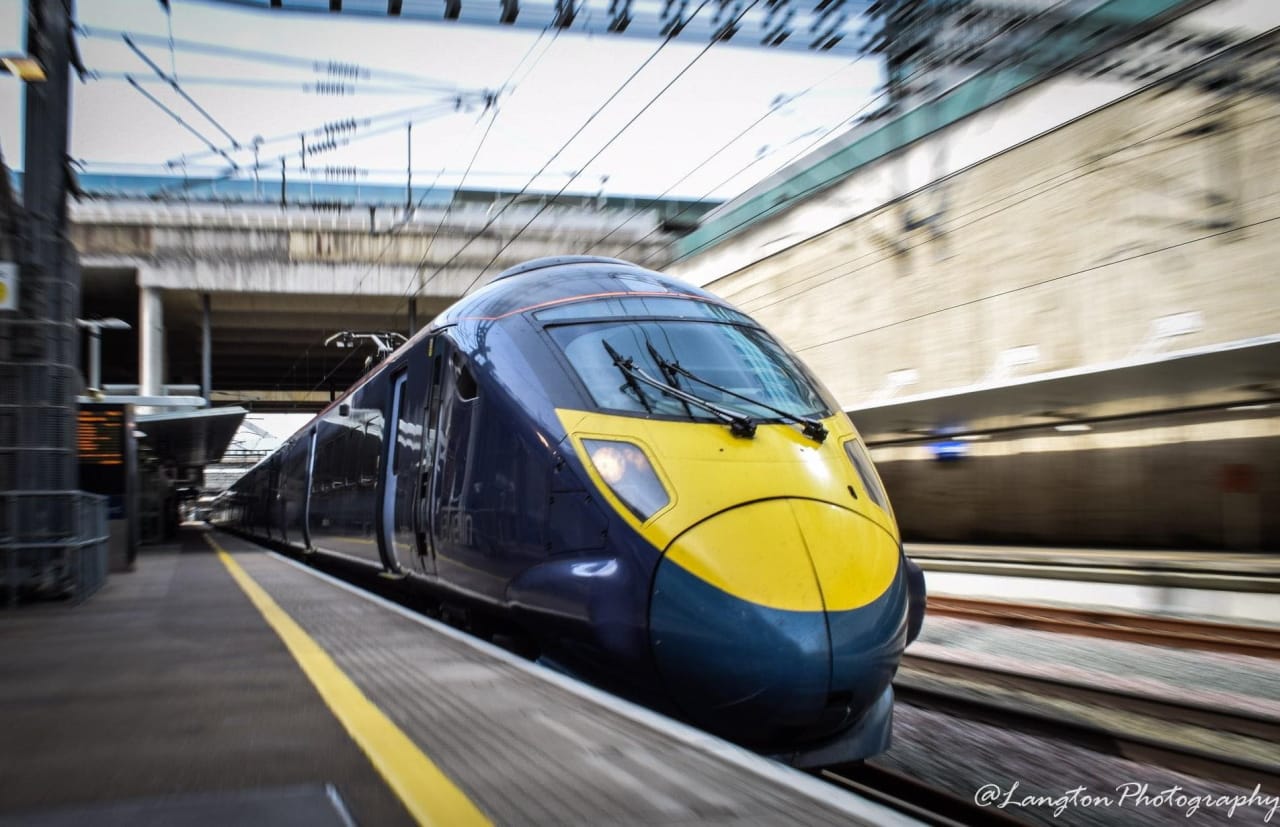HS1 Ltd has today released figures which it claims show that regenerative braking technology introduced on its high-speed railway linking London, Kent and East Sussex is saving enough energy annually to power more than 375 homes.
Regenerative braking was introduced on Southeastern trains in October 2022, and converts the energy used to slow trains into electrical energy that can either be used by other trains on the network or directed back to the National Grid. Analysis of the savings secured by the technology suggests that the system may save £1.7m in energy costs per year at current prices. The Southeastern high-speed service opened in 2009.
The technology, which is also used by other operators, reduces the amount of power needed to drive trains and so reduces overall emissions and carbon footprint, contributing to efforts by the rail sector to achieve its sustainability goals.
The system was installed over a period of eighteen months, during which HS1 Ltd worked with Network Rail High Speed, Southeastern Trains and UK Power Networks Services. The company sees the implementation of regenerative braking on domestic services as an example of its efforts to make the line more sustainable.
In Autumn 2020, HS1 Ltd launched its sustainability strategy, setting out its mission to provide what it calls “a world-leading experience that encourages people to choose a green and sustainable international transport option”. Pre-pandemic, the line removed the equivalent carbon emissions of 60,000 short-haul flights annually.
Richard Thorp, Director of Engineering & Sustainability at HS1 Ltd, said: “Now more than ever, it’s important for the rail sector to work towards delivering innovations that are both environmentally friendly and financially sensible. This project does just that and shows the agility of the HS1 system to respond to challenging circumstances quickly with solutions that bolster our sustainability and cut costs.”






Responses
Regenerative braking is hardly “innovative”, seeing as Hastings trams were using it over 100 years ago.
Wow that comment is going to swing the public over to HS2.Do most members of the public know what regenerative breaking is (or care).